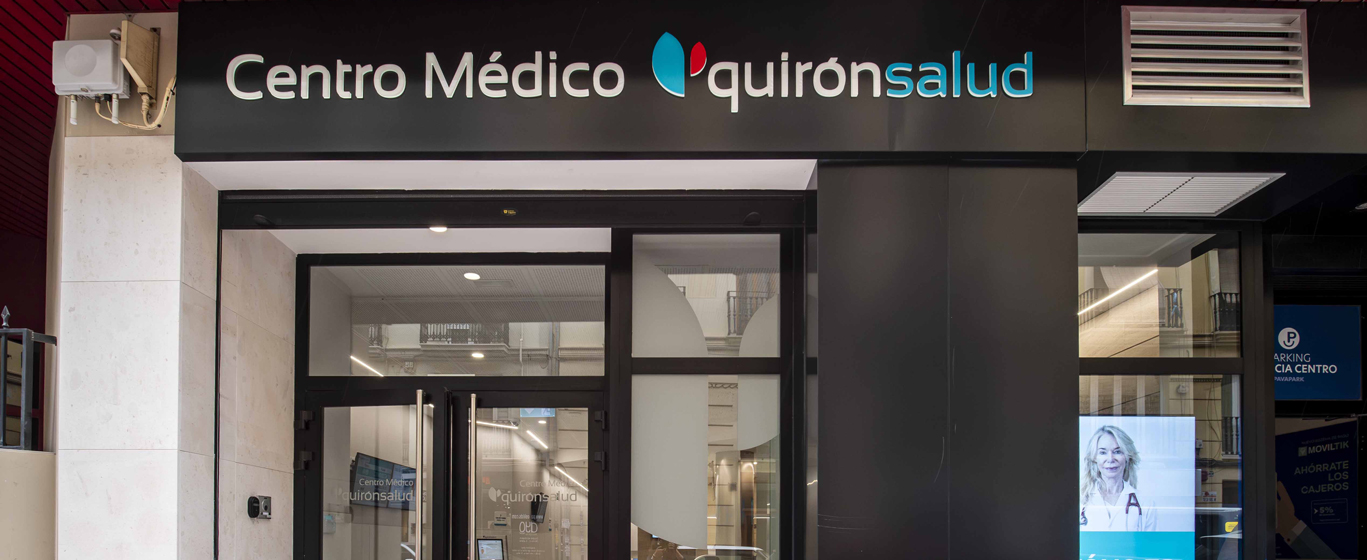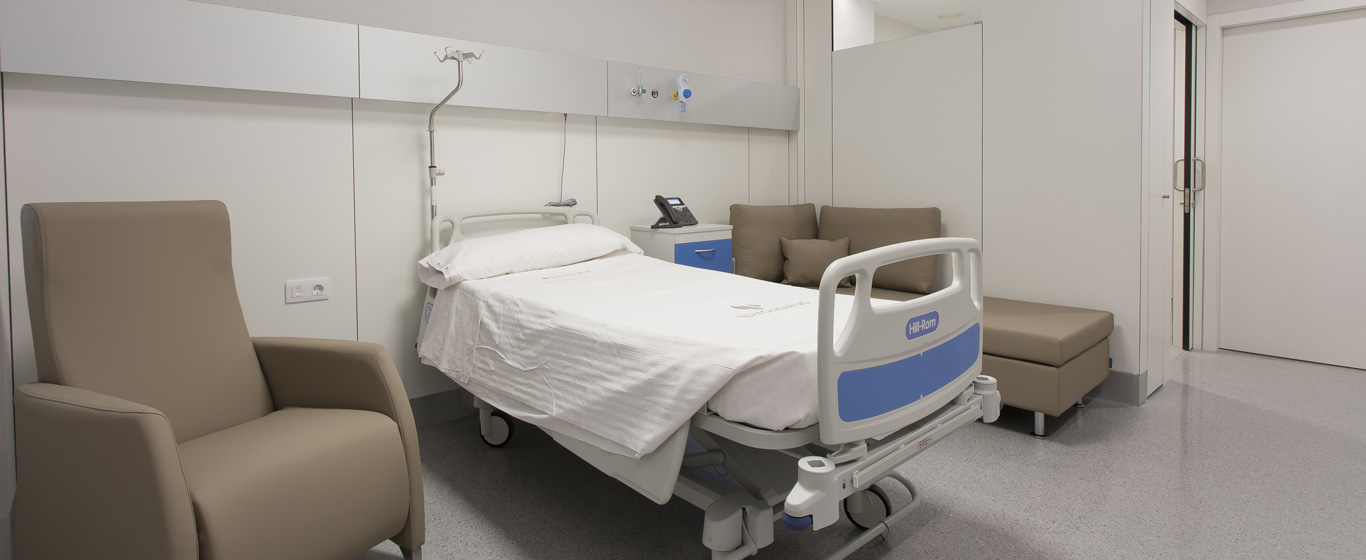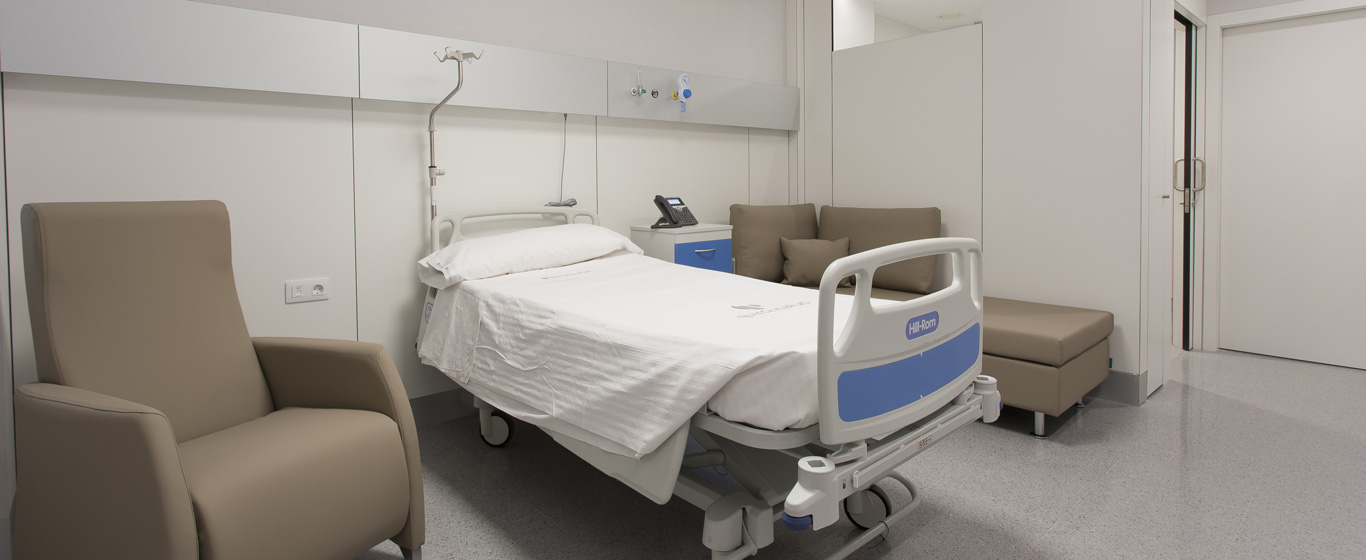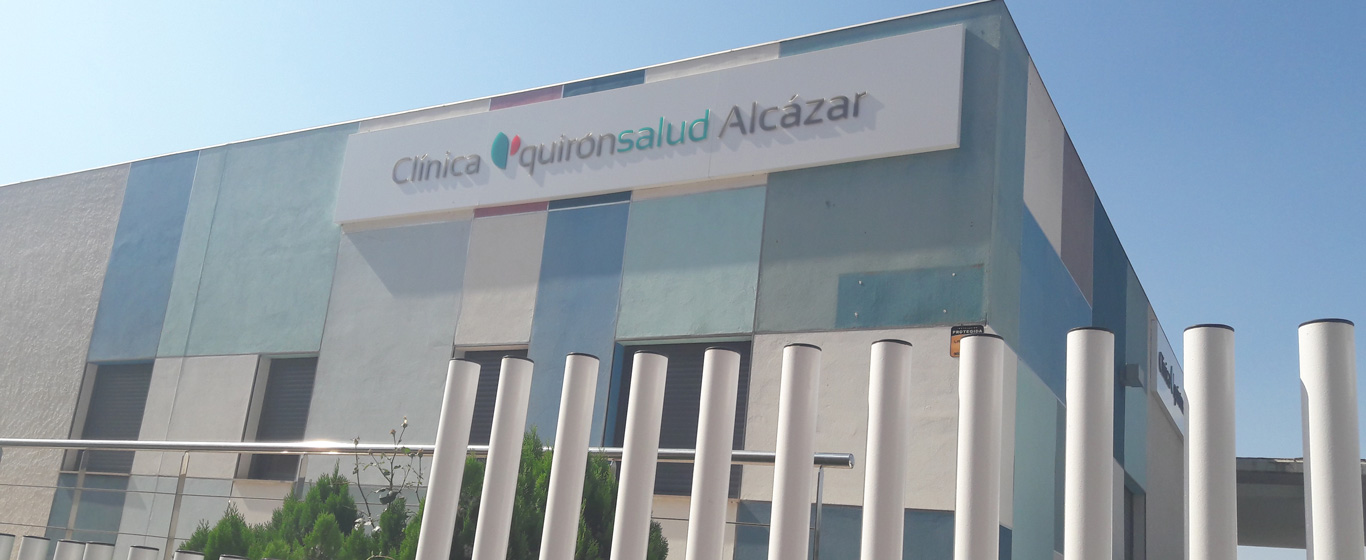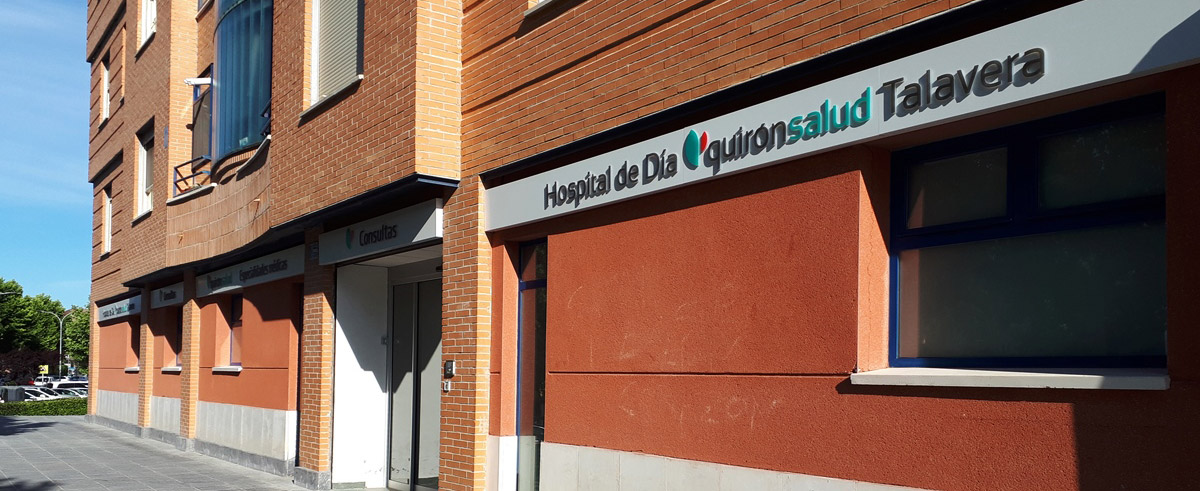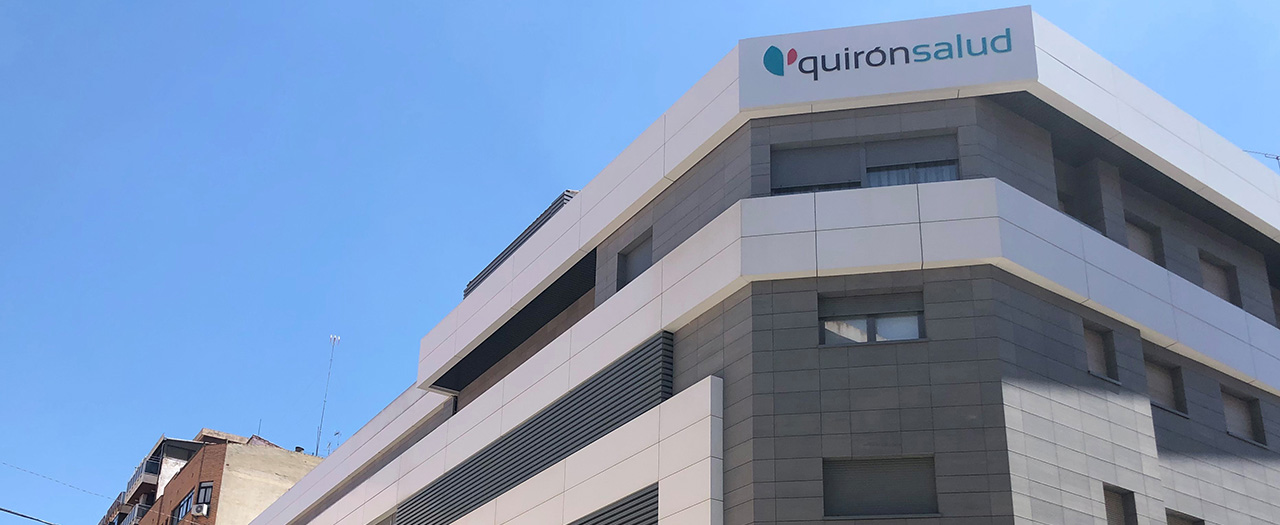Nephritic Colic
What is nephritic colic? All about the causes, symptoms, duration, and the most effective treatments to relieve the pain caused by kidney stones.
Symptoms and Causes
Nephritic colic is an acute pain, usually caused by an obstruction (lithiasis) in the kidney or urinary tract that prevents the urine from flowing to the bladder. Typically, the discomfort starts in the back or abdomen and spreads to the groin or genital area as it intensifies.
When it affects only one kidney, it is called unilateral colic, while the condition that occurs in both kidneys is known as bilateral colic. Furthermore, nephritic colics are divided into two categories based on their characteristics:
- Complicated nephritic colic: occurs when the patient presents the following clinical symptoms:
- Fever
- Impaired kidney function
- Unilateral or bilateral colic when the patient only has one kidney or has undergone a transplant
- Pain that does not subside despite medication
- Pregnant women
- Uncomplicated nephritic colic: does not present any of the above symptoms.
Its duration is variable, as the cause may resolve within a period ranging from a few hours to several weeks. A significant percentage of urological or nephrological emergencies, around 4%, are due to renal colic.
Symptoms
The most common symptoms of nephritic colic are:
- Pain
- Hematuria (blood in the urine)
- Pollakiuria (frequent urination of small amounts)
- Anuria or absence of urine (less than 50 ml in 24 hours)
- Dysuria (pain or burning when urinating)
- Cloudy urine, with a foul odor and brown color
- Occasionally, nausea, vomiting, and fever
Causes
Nephritic colic occurs once the stone has formed, moves, and prevents the proper flow of urine.
Kidney Stones: There is an accumulation of substances greater than what the urine can dilute. As a result, small stones form that obstruct the renal ducts. These stones can be of various types:
- Calcium stones: The most common. They can be composed of calcium oxalate, a substance produced by the liver, or calcium phosphate, which arises due to metabolic disorders.
- Uric acid stones: Common in individuals who lose excessive fluids, diabetics, or those with a genetic predisposition.
- Cystine stones: Form in patients with cystinuria, i.e., those whose kidneys produce a type of amino acid in large quantities.
- Struvite stones: Result from urinary tract infections.
Risk Factors
Some of the factors that increase the risk of kidney stone accumulation and, therefore, of suffering nephritic colic are:
- Not drinking enough water
- Excessive consumption of proteins, sugar, or salt
- Obesity
- Diabetes
- High blood pressure
- Renal malformations
- Inflammatory bowel diseases
- Recurrent urinary tract infections
- Certain medications (diuretics, antacids, anticonvulsants, etc.)
- Family history
Complications
It is uncommon for nephritic colic to cause complications. However, if left untreated or not properly managed, it can lead to urinary tract infections and, in extreme cases, damage the kidneys to the point of losing their function.
Prevention
To prevent nephritic colic, it is recommended to:
- Follow a healthy and balanced diet low in salt
- Increase fluid intake
- Limit the consumption of calcium (spinach, dairy products, shrimp), purines (anchovies, beef liver, turkey), oxalates (strawberries, potatoes, chocolate), or phosphate (salted cod, pine nuts, egg yolk), though it is recommended to analyze the type of stone once it has been expelled or removed to adjust the most suitable diet.
Which doctor treats renal colic?
Renal colic is diagnosed and treated by specialists in nephrology, urology, or emergency care.
Diagnosis
To diagnose nephritic colic, specialists usually follow this protocol:
- Anamnesis: Includes the patient’s family and clinical history, especially to check for a history of kidney stones, trauma, or dehydration, as well as a detailed study of the symptoms.
- Physical examination: The patient’s general condition is evaluated, and an abdominal palpation is performed to detect the cause of the pain.
- Urine analysis: To check for the presence of red blood cells, crystals, bacteria, and white blood cells.
- Blood tests: Usually performed when there is fever to assess the risk of sepsis (an excessive immune system reaction to an infection that attacks the body).
- Imaging diagnostic tests: These are necessary when the patient has a fever or only one kidney, and previous exams have been inconclusive. Abdominal ultrasound and kidney CT (computed tomography) scans show high sensitivity and typically clearly reveal the presence of stones, tumors, and other conditions in the urinary tract or kidneys.
Treatment
The treatment for nephritic colic is based on the following approaches:
- Medications:
- Analgesics: Relieve the pain. In most uncomplicated cases of colic, this is the only therapy needed.
- Expulsive agents: Some drugs, such as alpha-blockers, help expel the stones by relaxing the urinary tract muscles.
- Fluid therapy: Provides fluids to patients who are dehydrated.
- Urethral catheterization: Used in emergency cases. This involves placing a flexible tube from the bladder to the kidney to drain accumulated urine.
- Lithotripsy: Shockwaves are applied to fragment the stones and facilitate their expulsion.











